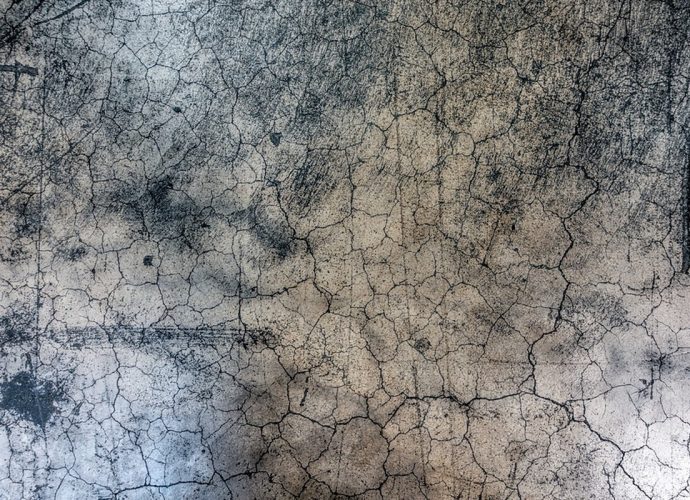Where Can I Find Phragmites?
Habitat. The non-native Phragmites occurs throughout the eastern half of the U.S. and in Colorado. In New York, Phragmites is ubiquitous, growing in roadside ditches and swales; tidal and non-tidal wetlands; freshwater and brackish marshes; river, lake and pond edges; and disturbed areas. Where did Phragmites originally come from? CommonRead More →


